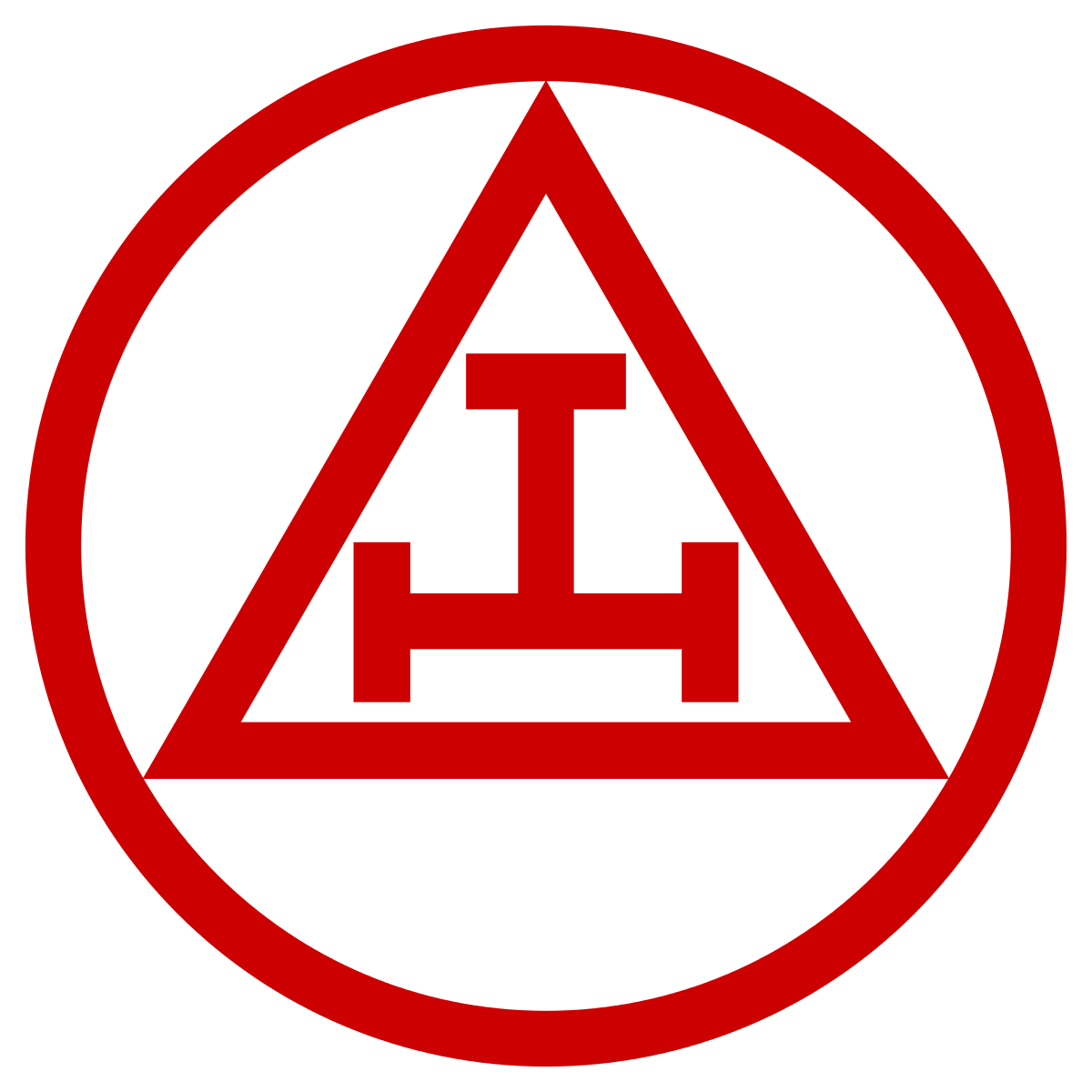Why Capitular Masonry?
Except the Master Mason Degree, no Masonic Degree is more important in its historical and symbolic significance than the Royal Arch Degree. In some form it appears in every Rite, but only here does its history, its symbolism, its lessons show so vividly its connection with the Master Mason Degree and the fact that it is, indeed, the final chapter of that essential degree of Freemasonry. It brings to light that for which the Mason has searched.
Its lessons are the essence of Masonic truth. Its ceremonies for the most part are founded upon the return of the Israelites from captivity to rebuild a destroyed temple, and the discoveries there made. All Masonry is a search for a higher or nobler way of life. It is a search, for something that has been described as perfection.
The WORD symbolizes that perfection, for the Biblical reference to the Word, is that it “was God” and to attain or discover THE WORD was to attain perfection. THE WORD has therefore been symbolized in Ancient Craft Masonry. At one place it is lost. But in the ROYAL ARCH degree and only there is the LOST WORD found. It is therefore said that only those who have attained the ROYAL ARCH degree have completed their Masonic work.
History Of The Association
The association was founded by William Holmes, a Past High Priest of Willis Chapter No. 131 (now Willis-Mariemont Chapter No. 131), who served as the first president of the Royal Arch Association. The association has continued to serve the Fourth Capitular District into the twenty-first century.
About the York Rite of Freemasonry
The Royal Arch Degree is closely connected to the Third Degree of the Symbolic Lodge. In the eighteenth century, this connection led to a schism in English Freemasonry between the “Ancients”, which held the Holy Royal Arch as essential and the “Moderns” which accepted nothing beyond the Third Degree. This rift was not healed until 1813, after the York Rite had been established in America by Thomas Smith Webb.
Although the York Rite takes its name from the English City of York, it is a uniquely American branch of Freemasonry. From the English tradition, the Mark Master and Royal Arch Mason Degrees were incorporated into the Chapter. To these Webb added the (virtual) Past Master (usually reserved for those who have served as master of a lodge) and the Most Excellent Master which has no analogue in English Freemasonry.
What now constitutes the Lodge, Chapter, and Commandery (then termed an Encampment), were logically ordered by Webb in his Freemason's Monitor of 1797. The York or American Rite drew upon the lectures of English Freemasonry (from Preston's Illustrations of Masonry), but edited for American sensibilities.
In the early nineteenth century, Webb's student, Jeremy Ladd Cross, integrated Webb's work into his own monitor, The True Masonic Chart. Although he was not the author of the Select Master and Royal Master Degrees, he followed the example of Webb, and united the two into the Council, the fourth organization that is a constituent of The York Rite.
Over two centuries since, the degrees have been edited and reinterpreted, but they still retain many facets of those earlier incarnations that Webb and Cross formed into The York Rite. They remain a traditional Masonic experience with as much relevance today as two hundred years ago.
The York Rite conceived of by Webb is a logically ordered system. The Lodge represents a beginning and the Chapter, a conclusion or restoration. These two components of The York Rite establish their philosophical framework upon the foundation of the Old Testament. It is the province of the commandery to incorporate the New Testament and Christian principles and philosophy into Freemasonry.
Later, Cross added the Council, which further elaborates upon those principles established by both the Lodge and Chapter. Without the Council, The York Rite is incomplete.
Early History of The York Rite in Cincinnati
Royal Arch Masonry arrived in Ohio in 1790 with American Union Lodge in Marietta, Ohio. American Union Lodge was a military lodge in the American Revolution that had fallen dormant after the conflict. When forts were established in the frontier of early Ohio, this lodge's warrant travelled to Fort Harmar (near Marietta) with the army where it soon became active once again. As was the custom at the time, a number of the capitular degrees were conferred under the authority of this lodge's charter in 1792.
From Marrietta, Capitular Masonry spread to Cincinnati, where the degrees were conferred upon members of Nova Caesera Harmony Lodge in 1799. Afterwards, Cincinnati Royal Arch Lodge (now Cincinnati Chapter No. 2) was established and remained closely affiliated with Nova Caesera Harmony Lodge. It was not until the War of 1812 that Cincinnati Chapter No. 2 saw growth due to military personnel passing through the city. It was at this time, Davis Embree, mustering into the army, received the capitular degrees. In an interesting to note, the Most Excellent Master was not listed among those conferred and that the Royal Arch Mason was referred by its English name, The Holy Royal Arch.
Four years later, Embree, as the presiding officer of Cincinnati Chapter No. 2 worked with Webb to establish the Grand Chapter of Ohio. Prior to travelling to Ohio himself, Webb sent Cross, who may have chartered the first Council Of Select Masters in Cincinnati. However, this council failed to organize. Eleven years later, the Masonic lecturer John Barker, would travel to Cincinnati and establish Cincinnati Council No. 1, Royal and Select Masters using the Cross work. Many of the same men recieved the degrees of the Ancient Accepted Scottish Rite from Barker at this time.
A generation later, Cincinnati's most prominent member of the fraternity, Enoch Terry Carson, would overshadow those that preceded him. Although known more for establishing the Ancient Accepted Scottish Rite in Cincinnati, he was deeply involved in The York Rite also. He served as master in Cheviot Lodge No. 140 and Kilwinning Lodge No. 356. He was a member of Cincinnati Chapter No. 2, Cincinnati Council No. 1, Royal and Select Masters, and Cincinnati Commandery No. 3, Knights Templar. From 1871 to 1875, he was Right Eminent Grand Commander of the Grand Commandery of Knights Templars of Ohio. There was no facet of Freemasonry that Carson did not influence in his lifetime.


